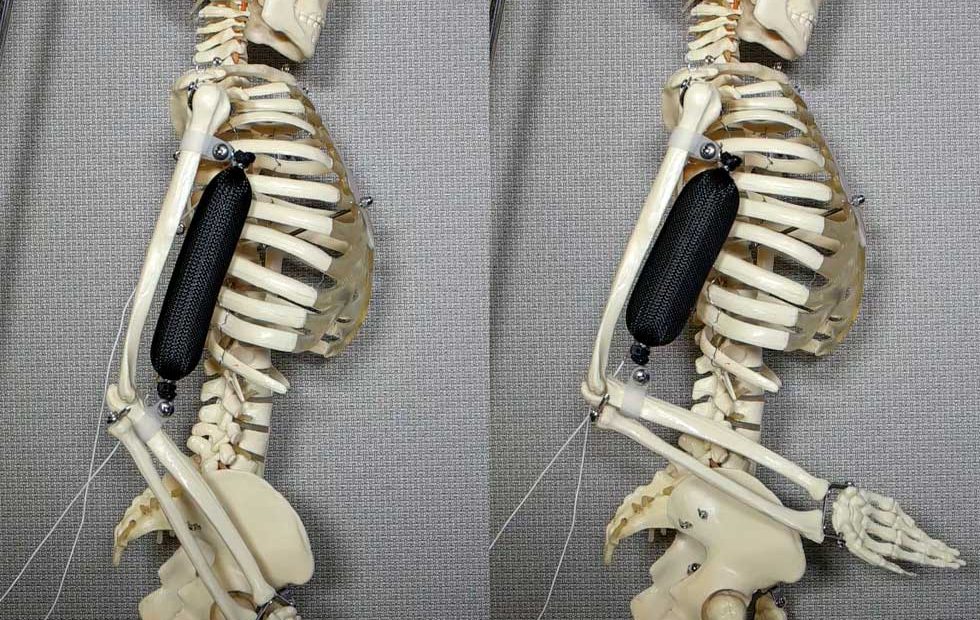Recent years have seen big advances in Robotics. Soft Robotics, a Robotics sub-field dealing with fabricating robots using materials that imitate human tissues, just got a huge fillip. Researchers at Columbia Engineering managed to develop a synthetic tissue that closely imitates human muscles. The 3D-printed tissue achieves this flexibility from its constituents, silicone rubber and ethanol-dispensing micro-bubbles. Amazingly, the synthetic tissue can carry 1000 times more than its weight.
Making Advances in Soft Robotics
A number of companies have done a lot of work in making robots intelligent. While robots’ minds have made great progress, their bodies, which are the focus area for Soft Robotics, unfortunately, are still primitive, consisting mostly of metals and alloys.
Lead scientist, Hod Lipson is incredibly enthusiastic about this new breakthrough. He asserts that this new synthetic tissue will go a long way in manufacturing life-like robots.
Researchers have, in the past, attempted to make robot bodies human-like using synthetic issues. However, such robots require being connected to high-voltage equipment, thereby severely affecting robots’ mobility. On the other hand, robots using this new material would be highly maneuverable and could be put to diverse uses. These robots could push, pull, and twist like human muscles do. With these abilities and high mobility, the robots can potentially perform seemingly-simple-but-incredibly-complex tasks such as caring for the elderly.
Testing the Synthetic Tissue
The research team 3D printed the soft robotics material into the shape of a muscle and tested this synthetic muscle. For testing, the team used a thin resistive wire and 8-volt power to actuate the muscle and put it to use. The team also heated the tissue to 80°C and it achieved a remarkable expansion of 900 percent. The team put the synthetic muscle to multiple tests, which required it to bend, push, and pull in different ways and directions. It, reportedly, performed admirably in all the tests.
Future Plans
The research team plans to use conductive materials instead of wiring the synthetic issue to an electricity source. In addition, it also plans to use AI to control the muscle movement of robots. This discovery certainly brings us a step closer to the future where life-like robots are part of our everyday lives.


















